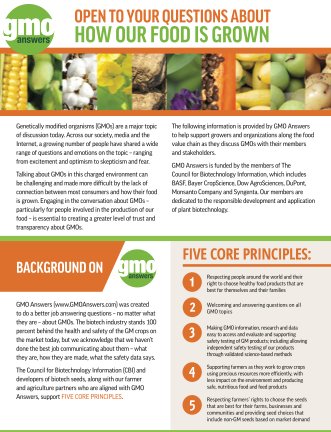Commercial Crop Yields Reveal Strengths and Weaknesses for Organic Agriculture in the United States
The following is an excerpt of a study published in the journal PLoS One noting the benefits and drawbacks of organic farming in the United States.
Land area devoted to organic agriculture has increased steadily over the last 20 years in the United States, and elsewhere around the world. A primary criticism of organic agriculture is lower yield compared to non-organic systems. Previous analyses documenting the yield deficiency in organic production have relied mostly on data generated under experimental conditions, but these studies do not necessarily reflect the full range of innovation or practical limitations that are part of commercial agriculture.
The analysis we present here offers a new perspective, based on organic yield data collected from over 10,000 organic farmers representing nearly 800,000 hectares of organic farmland. We used publicly available data from the United States Department of Agriculture to estimate yield differences between organic and conventional production methods for the 2014 production year. Similar to previous work, organic crop yields in our analysis were lower than conventional crop yields for most crops.
Averaged across all crops, organic yield averaged 80% of conventional yield. However, several crops had no significant difference in yields between organic and conventional production, and organic yields surpassed conventional yields for some hay crops. The organic to conventional yield ratio varied widely among crops, and in some cases, among locations within a crop. For soybean (Glycine max) and potato (Solanum tuberosum), organic yield was more similar to conventional yield in states where conventional yield was greatest. The opposite trend was observed for barley (Hordeum vulgare), wheat (Triticum aestevum), and hay crops, however, suggesting the geographical yield potential has an inconsistent effect on the organic yield gap.
To read the rest of the study, please click here.



